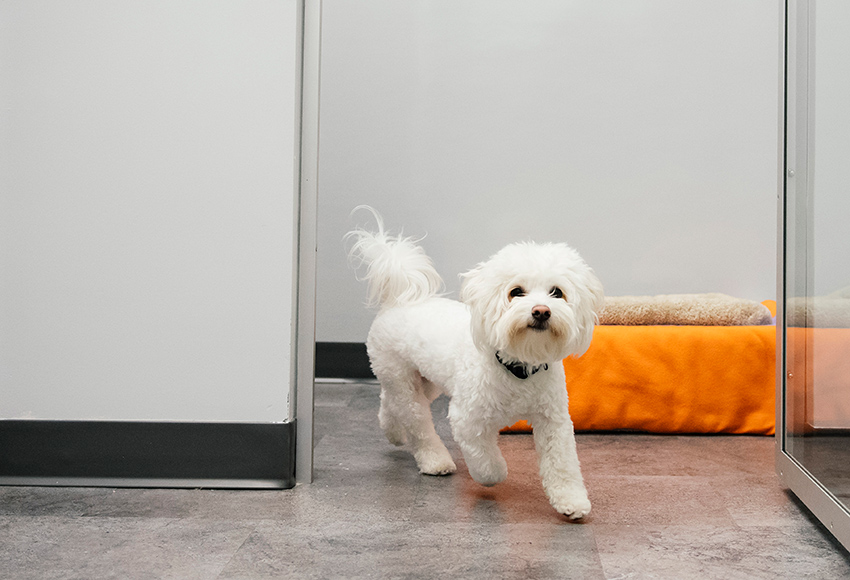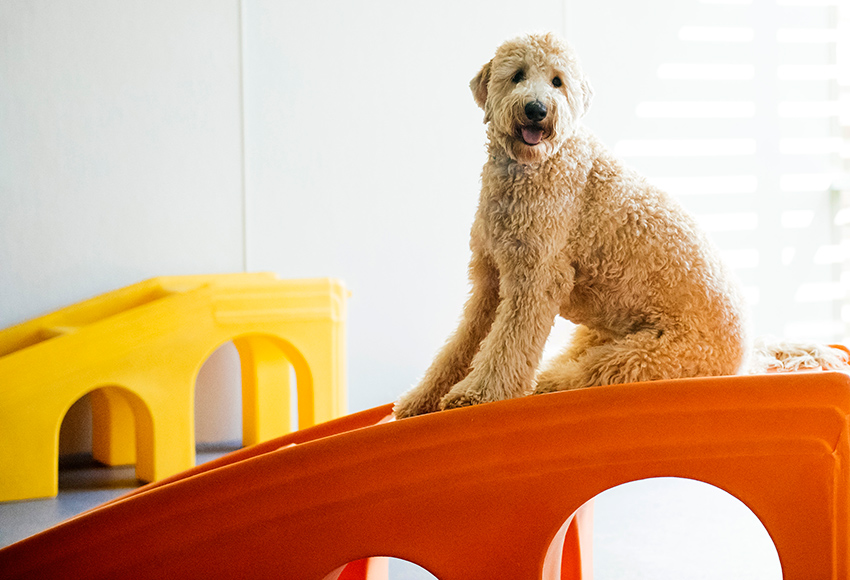Understanding Dog Heat Exhaustion: How to Keep Your Pup Safe in Hot Weather
August 5, 2024

As temperatures rise, it’s essential to be vigilant about the health and safety of your furry friend. Dogs, like humans, are susceptible to heat exhaustion, a serious condition that can occur when they’re exposed to excessive heat. Understanding the signs, prevention strategies, and treatment for dog heat exhaustion can help ensure your pet stays safe and comfortable during hot weather. Here’s everything you need to know about dog heat exhaustion and how to protect your pup.
What is Dog Heat Exhaustion?
Heat exhaustion in dogs occurs when their body overheats due to prolonged exposure to high temperatures. Unlike humans, dogs have a limited ability to cool themselves down. They primarily rely on panting and only have a few sweat glands located in their paw pads. When these mechanisms are overwhelmed, or when a dog is exposed to heat for too long, heat exhaustion can set in.
Signs of Heat Exhaustion in Dogs
Recognizing the signs of heat exhaustion is crucial for taking timely action. Here are some common symptoms to watch for:
- Heavy Panting: Rapid and excessive panting is one of the first signs that your dog is struggling with heat.
- Excessive Drooling: If your dog’s drool becomes thick or foamy, it could indicate overheating.
- Red or Pale Gums: Check your dog’s gums. They should be pink. Red or pale gums can signal a problem.
- Lethargy: If your dog is unusually tired, weak, or reluctant to move, they may be suffering from heat exhaustion.
- Vomiting or Diarrhea: Gastrointestinal issues can occur when a dog is overheated.
- Unsteadiness: Dogs experiencing heat exhaustion may have trouble standing or walking.
- Increased Heart Rate: An elevated heart rate can be a sign of severe overheating.
Preventing Heat Exhaustion
Preventing heat exhaustion is key to keeping your dog safe during hot weather. Here are some practical tips:
- Avoid Peak Heat Times: Limit outdoor activities during the hottest parts of the day, typically between 10 a.m. and 4 p.m. Opt for early morning or late evening walks when temperatures are cooler.
- Provide Plenty of Water: Ensure your dog has access to fresh, cool water at all times. Hydration is essential for regulating body temperature.
- Create a Cool Environment: Provide a shady or air-conditioned area where your dog can cool down. Fans, cooling mats, and wet towels can also help.
- Never Leave Your Dog in a Hot Car: Cars can heat up rapidly, even on mild days. Never leave your dog alone in a vehicle, as it can quickly lead to heat exhaustion or even heatstroke.
- Use Cooling Products: Consider investing in cooling vests or bandanas designed to help dogs stay cool. These products can be especially useful during outdoor activities.
- Be Mindful of Breed and Age: Some breeds, especially those with flat faces like Bulldogs and Pugs, are more prone to heat exhaustion. Older dogs and those with health issues are also at higher risk.
What to Do if Your Dog Shows Signs of Heat Exhaustion
If you suspect your dog is suffering from heat exhaustion, act quickly:
- Move to a Cooler Area: Get your dog out of the heat and into a shaded or air-conditioned space immediately.
- Cool Them Down Gradually: Use cool (not cold) water to gently wet your dog’s body, especially their paws, belly, and neck. Avoid using ice-cold water, as it can cause shock. You can also offer ice cubes or cool water to drink, but don’t force them.
- Encourage Hydration: Offer your dog small amounts of water frequently to help rehydrate them.
- Monitor Their Condition: Keep a close eye on your dog’s condition. If their symptoms don’t improve or if they show signs of severe heatstroke (such as seizures or unconsciousness), seek veterinary help immediately.
- Contact Your Vet: If you’re unsure about the severity of your dog’s condition or if they’re showing concerning symptoms, contact your veterinarian for advice. They may recommend bringing your dog in for an examination.
Conclusion
Dog heat exhaustion is a serious condition that requires careful attention, especially during hot weather. By understanding the signs of heat exhaustion, implementing preventive measures, and knowing how to respond if your dog shows symptoms, you can help ensure your furry friend remains safe and comfortable. Always prioritize your dog’s well-being and make adjustments to their routine and environment to keep them cool. With the right precautions, you and your dog can enjoy the summer months safely together.






